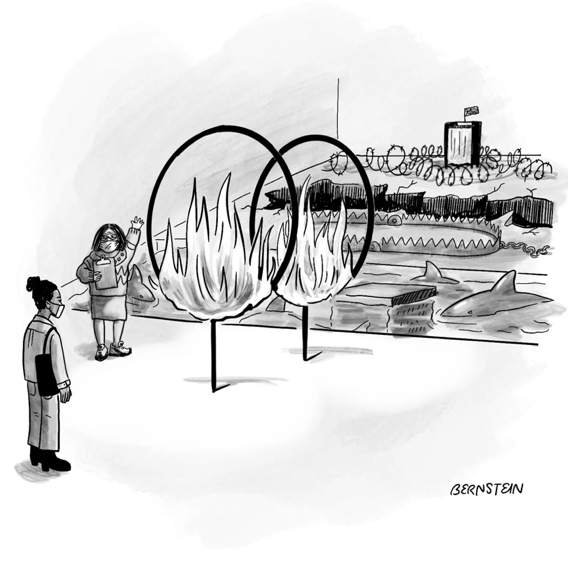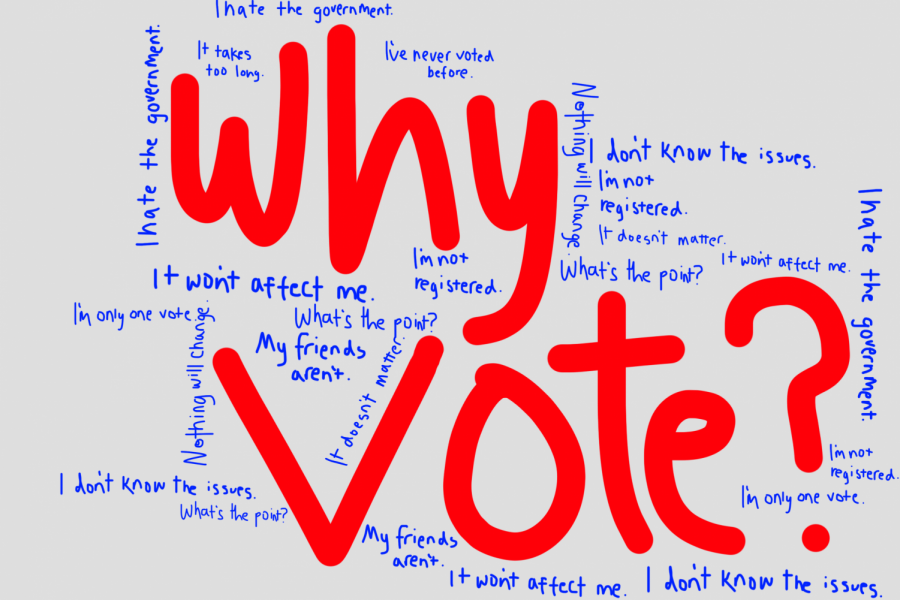2022 Voting Bites
September 9, 2022: Let’s Get Out the Vote Together!
 |
| Never underestimate the ability of a small group of individuals to change the world. It’s the only thing that ever has.-Margaret Mead |
| In 60 days, Americans will head to their polling places and vote. How many Americans make that effort will directly impact the outcome of the elections. Throughout the summer, Get Out the Vote has been at the center of NCJW Dallas’ advocacy efforts. We’ve gathered a team of 45 individuals who are writing letters to infrequent voters, urging them to vote. We’ve assembled and distributed voter information packets to 700 assisted living residents and we’ve registered voters. We’ve highlighted here the importance of and barriers to voting in previousweekly updates. This is the home stretch, and we need every one of you to join this critical effort. Please review the events and projects we have listed below and join our efforts. Remember, the health of a democracy depends on the participation of all its citizens. LET’S ALL GET OUT THE VOTE TOGETHER! DEBBIE GREENE, President SHANNON MORSE, Executive Director |
August 26, 2022: What’s the difference between redistricting and gerrymandering?

The process of redistricting is lawful and equitable when it’s conducted properly. It is also frequently a necessary process to reflect changes in population changes and racial diversity after each decennial Census. When redistricting is used as a tool to manipulate electoral outcomes or discriminate against certain groups, it ceases to be lawful and equitable, and we call it gerrymandering.- ACLU
Even when redistricting is done fairly, it confuses voters who often must figure out new district boundaries, new individuals running for office, relevant issues and polling places before voting. Inconvenience and confusion are among the top reasons voters give for NOT voting.
Even if voters manage to figure out new district challenges, gerrymandering can effectively minimize the impact of their vote. (Want to know more about gerrymandering? Watch this short video.)
In Texas, lawmakers released their redrawn maps almost a year ago. As of March of this year, however, the maps face at least five legal challenges, including one from the U.S. Department of Justice, based on claims that the newly drawn districts discriminate against voters of color.
If the claims in the lawsuits are accurate, it is even MORE important than usual to encourage voters to vote to overcome BOTH redistricting-related concerns!
The New Yorker
August 12, 2022: Why voters don’t vote

| There are as many reasons for NOT voting as there are individuals who don’t vote, but they generally fall into two major categories: 1. Individual Agency 2. Voting Barriers |
Individual agency: Citizens are less likely to vote if they don’t think their ballots matter.
Many polls have shown that people often choose not to vote when they believe that voting has little impact on their lives and that it won’t change how the government is run. Other studies also indicate that voters who don’t know enough about the major issues or don’t feel candidates represent their views might choose to opt-out.
Research shows that nonvoters are more likely to be low-income, young, Hispanic, or Asian American. In particular, Latino groups say that Latinos have a lower participation rate because of a historical lack of thoughtful and sustained engagement from campaigns and lawmakers alike whereas polls show that Asian-Americans are more likely to say they were ‘too busy’ to vote.
Income level also impacts voting likelihood: the US census found that 47% of eligible citizens with household incomes of less than $20,000 didn’t vote in 2012.

Voting Barriers: We make it too hard!
Hundreds of thousands of nonvoters would vote if they could. Voters need identification to vote in 36 states, which means the 21 million Americans who don’t have government-issued photo ID are at risk of missing out. Financial barriers, lack of access to transportation, and limited information can make it difficult for older people, people of color, and low-income people to obtain an ID – or get to their polling place.
Most democratic countries hold their elections on Sundays. In the U.S., Election Day generally falls on a Tuesday and is not a federal holiday, presenting a dilemma for many workers who don’t get paid time off to go to a polling place and wait in line. While early voting and mail-in voting gives citizens more flexibility, not all states offer these options.
Houston Chronicle
July 29, 2022: How Many People Don’t Vote?

Midterm elections are held halfway through a president’s term and will be held on Tuesday, November 8 this year. All 435 seats in the House of Representatives and 34 Senate seats are up for election in 2022. An additional 36 governors will face voters this year as well.
| Nationally, about 50-60% of registered voters turn out for presidential elections while only about 40% go to the polls for midterms. (In Texas – which consistently has some of the lowest turnout of any state – midterms generally attract between 25-35% of eligible voters.) The national trend has been in existence for decades with one exception – the 2018 midterms. Additionally – with few exceptions – the President’s party generally loses seats during the midterm elections. |
The Houston Chronicle
There are many reasons why people don’t vote (to be discussed in a future “Voting Bite”); however, there is one general motivator to vote:
You vote because you believe.
You believe in democracy, You believe in a candidate.
You believe you make a difference.
You believe voting is important. You believe you have a voice.
During presidential elections, more voters know who the top candidates are and believe one will be better as president than the other, therefore they vote. Midterm candidates are generally much less known to their potential constituents who – as a result – don’t feel motivated to express their opinion by voting.
